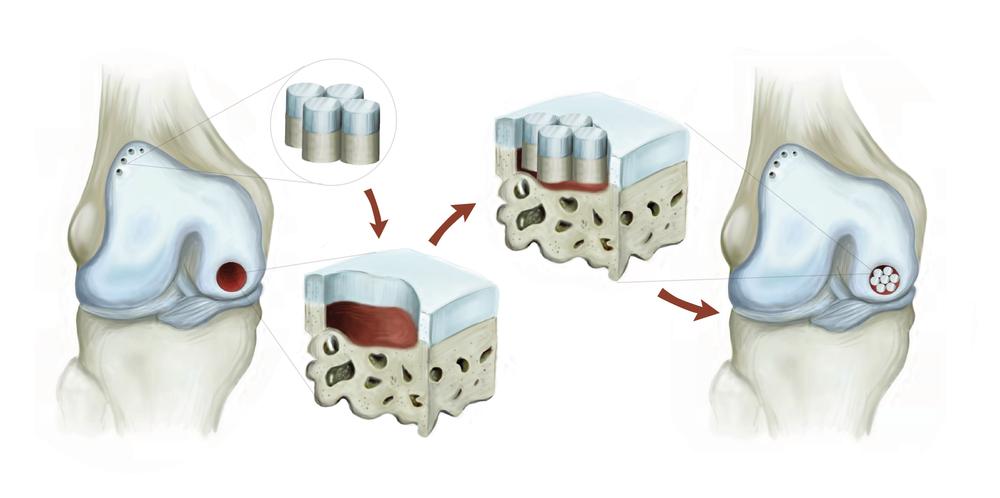Osteochondral grafting of articular cartilage is a procedure of treating a damaged cartilage where the hidden bone is exposed. The method is usually executed for weight-bearing bones, including the knees. Even so, it might also be executed for other joints.
Covering the end bones of our joints all over our body, the articular cartilage is that white, smooth tissue. What makes it easier and simple to move are the healthy cartilage in the joints. It enables the bones to glide smoothly to each other with a bit of friction. Also, articular cartilage can be harmed by chronic diseases, like arthritis or injury.
A full-thickness or limited cartilage erosion or injury of the cartilage caused by serious arthritis can lead to the vulnerability of the underlying bone. Hence, in cases of an injury in the cartilage, this surgery is done with the aim of achieving a painless range of movement and restoring knee strength.


